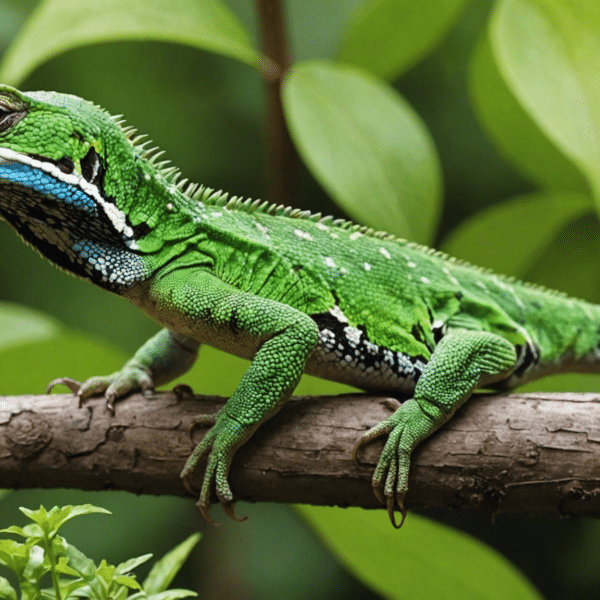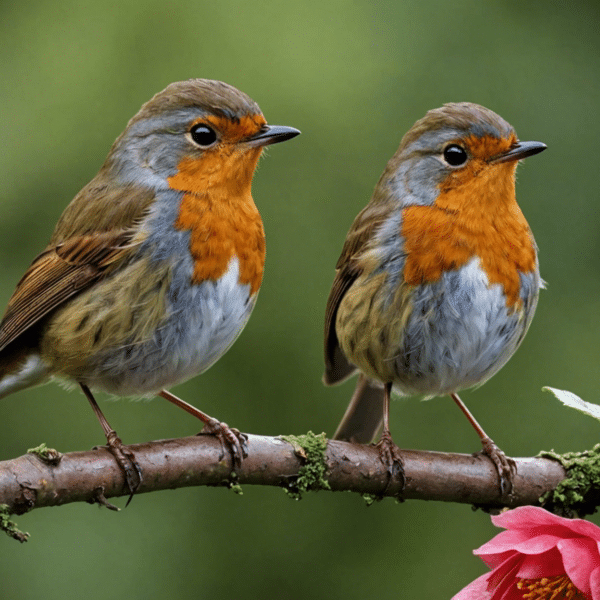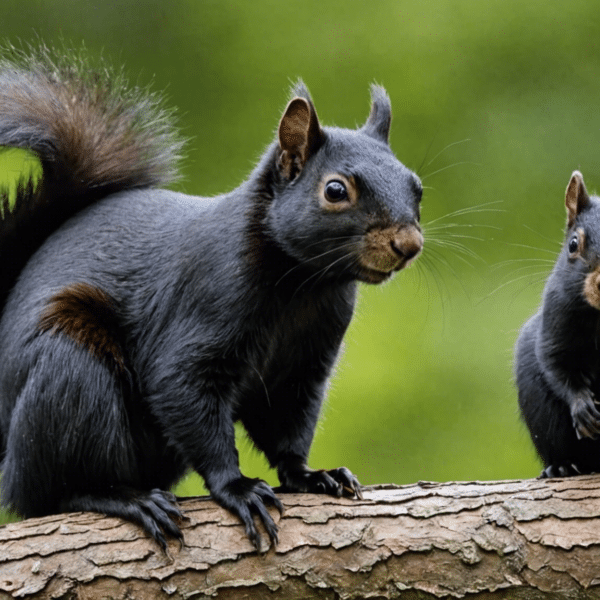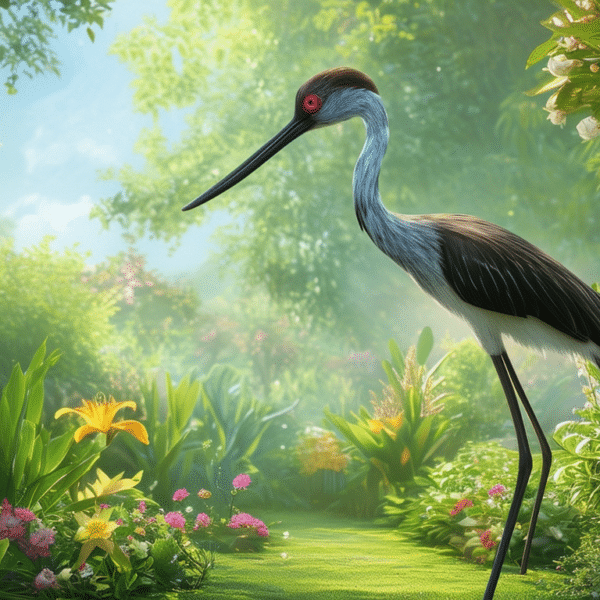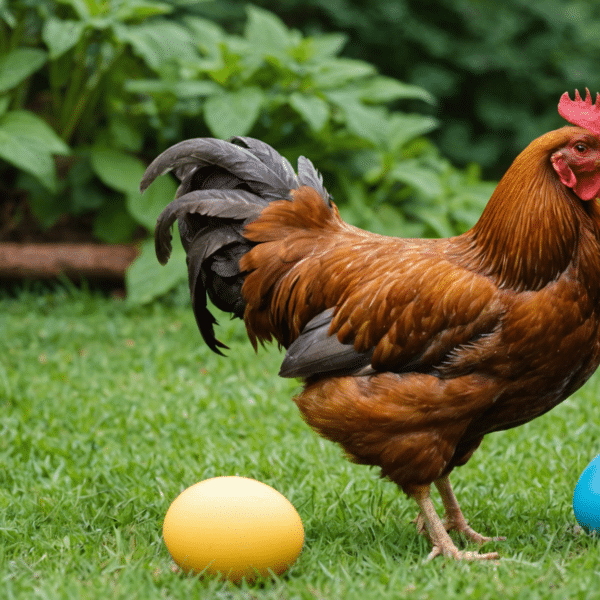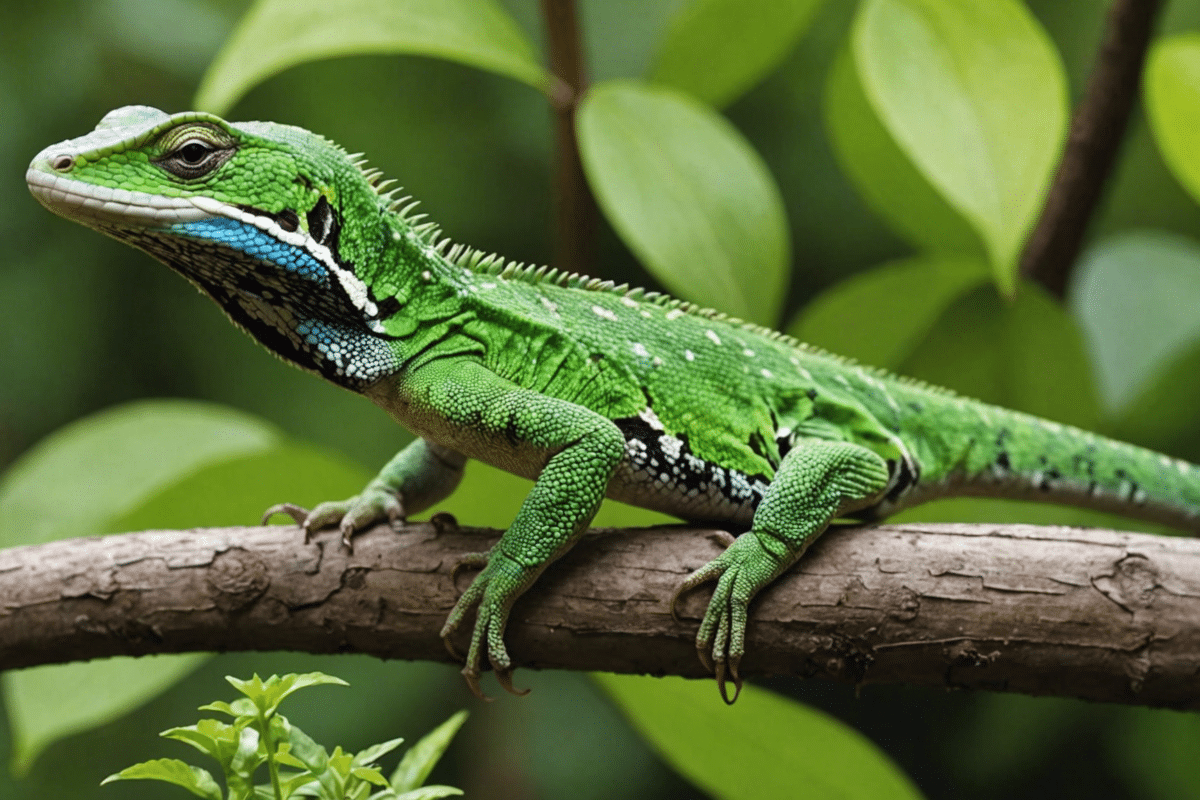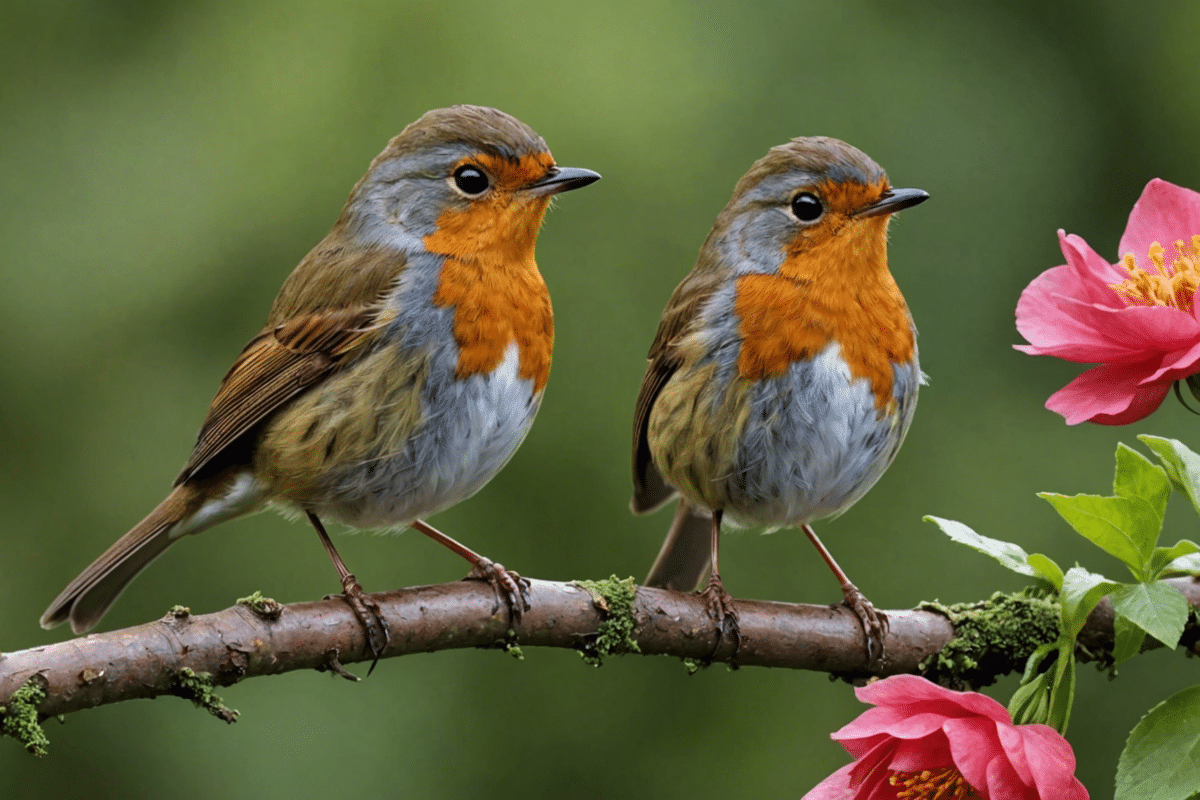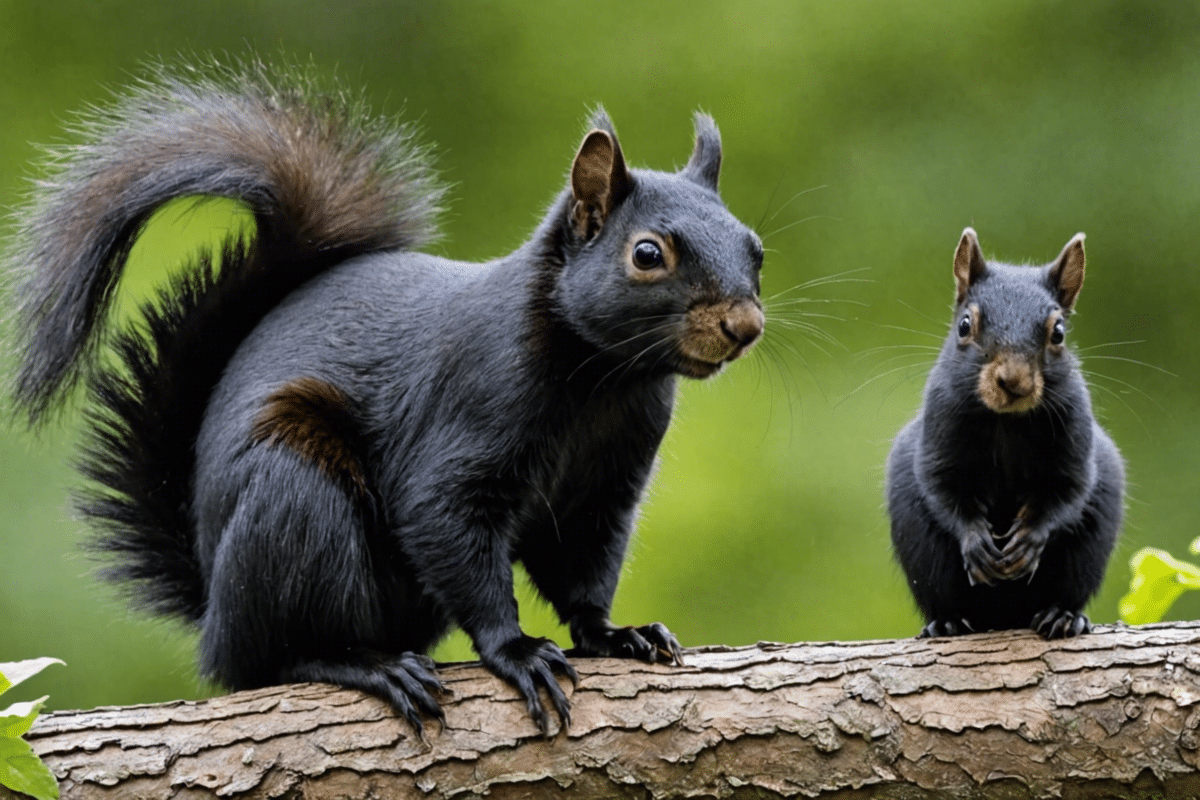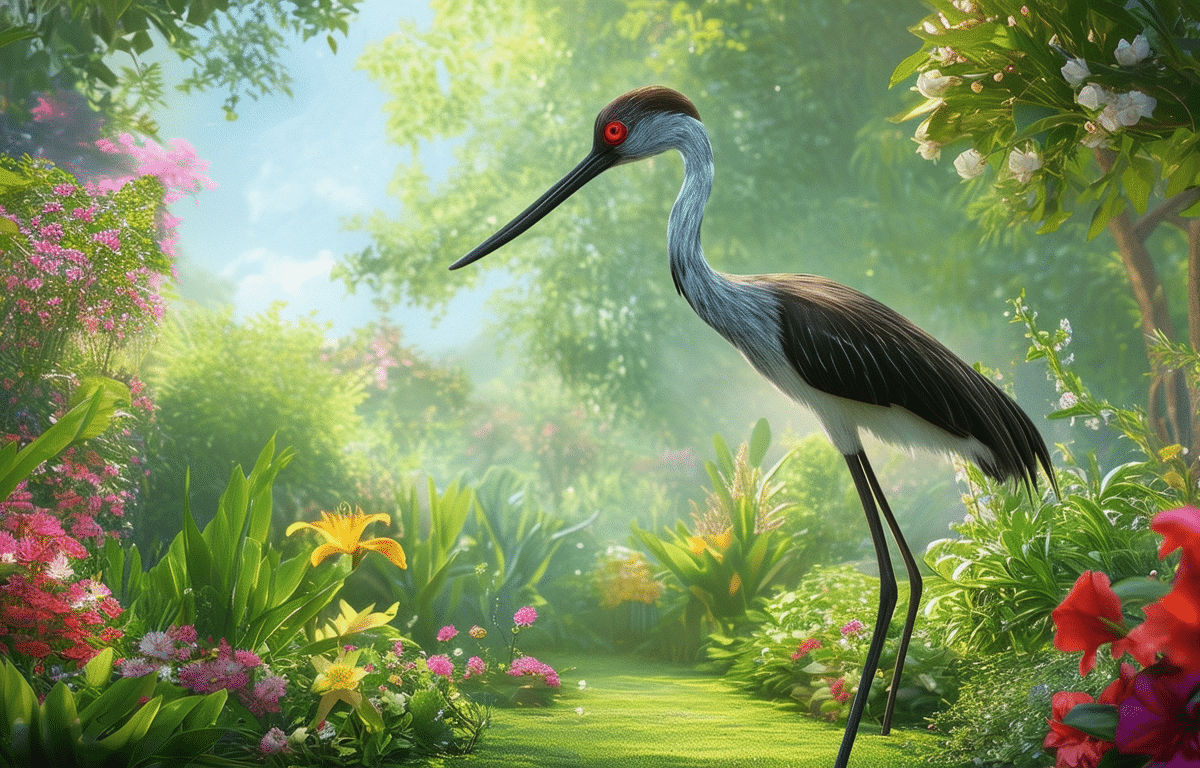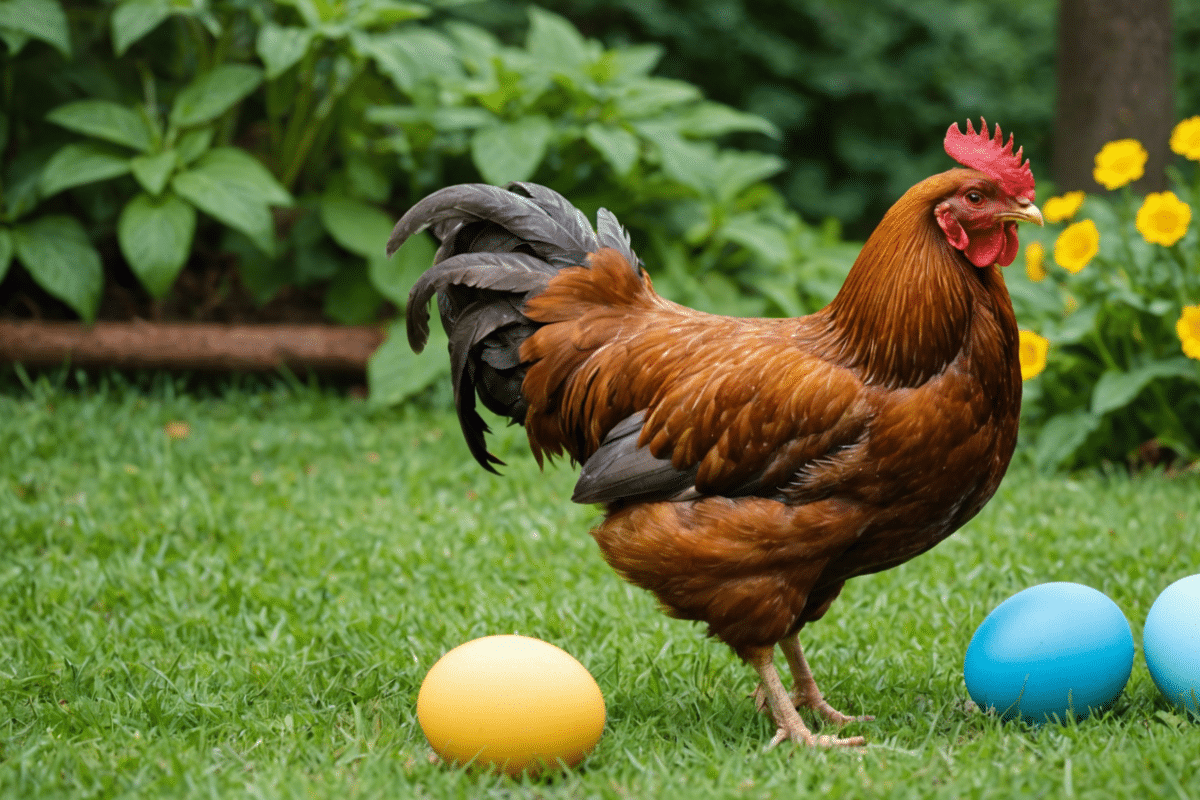Content
Understanding the behavior of your cockerel can be both fascinating and challenging. These birds are known for their vibrant personalities and complex social structures. By observing and interpreting their actions, you can gain insight into their needs and improve your relationship with them. Let’s explore the world of cockerels and learn how to read their behavioral cues.
Recognizing Dominance Displays

One of the most prominent aspects of a cockerel’s behavior is its display of dominance. You might notice your bird puffing up his feathers, standing tall, and strutting around with a confident gait. This is often accompanied by crowing, which serves as a territorial claim. Crowing can occur at any time of day, but it’s most common at dawn. It’s important to understand that these behaviors are natural and indicate that your cockerel is asserting his role as the flock leader.
Decoding Aggressive Actions
Aggression in cockerels can manifest in various ways, such as pecking, chasing, or even flogging with their wings. While this can be alarming, it’s crucial to recognize that aggression is often a response to perceived threats. If your cockerel feels his flock or territory is in danger, he may become more protective. To mitigate aggressive tendencies, ensure your bird has enough space, provide enrichment activities, and establish a routine that includes regular interaction with you as part of his flock.
Understanding Mating Behaviors
Mating rituals are an integral part of a cockerel’s life. During courtship, you’ll observe him performing a dance around the hens, often accompanied by soft clucking sounds and tidbitting—picking up and dropping food to show he’s a good provider. These behaviors are signs of a healthy reproductive instinct and contribute to the social structure within the flock. Respecting these natural behaviors and providing a safe environment for them to occur will help maintain harmony among your birds.
Social Interactions Within the Flock
Cockerels are inherently social creatures and their interactions within the flock are complex. They establish a pecking order that dictates access to resources like food and nesting spots. Watch for gentle pecking or nudging as signs of this hierarchy being maintained. It’s essential to observe these interactions regularly to ensure that no bird is being bullied or ostracized from the group.
Responding to Environmental Changes
Cockerels are sensitive to changes in their environment, which can affect their behavior significantly. Factors such as changes in light exposure, temperature fluctuations, or alterations in their living space can lead to stress. A stressed cockerel may exhibit behaviors like pacing, reduced crowing, or changes in eating habits. To support your bird during times of change, maintain consistency where possible and introduce new elements gradually.
Bonding with Your Cockerel
Bonding with your cockerel requires patience and understanding. Spend time each day interacting with him; this could include talking softly, offering treats from your hand, or simply being present in the coop while going about your tasks. Recognize his individual personality—some may enjoy being held while others prefer not to be touched. Respect his boundaries and look for signs of comfort like relaxed posture or soft clucking when you’re near.
In learning to decipher your cockerel’s behavior, you’ll not only enhance your own experience as a caretaker but also contribute positively to the well-being of your feathered friend. Remember that each bird is unique; what works for one may not work for another. Stay observant, be patient, and enjoy the rich communication that unfolds between you and your cockerel.


